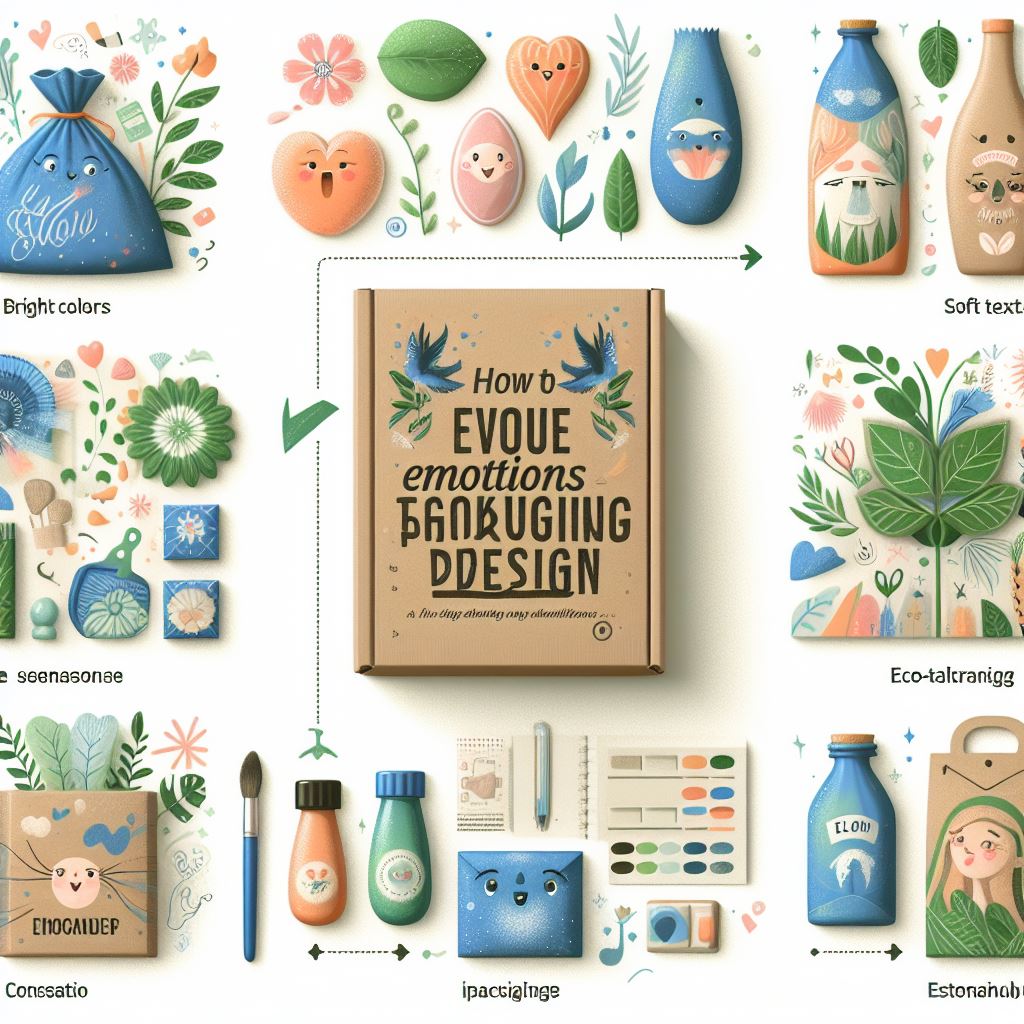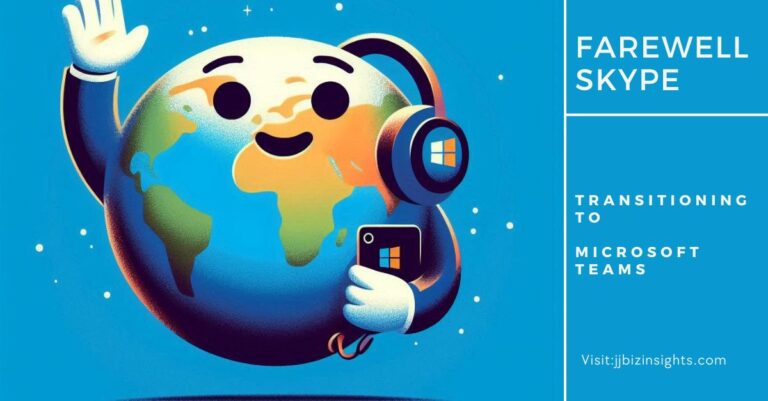
How to Evoke Emotions Through Packaging Design?
Emotional packaging design goes beyond aesthetics and functionality to create an emotional connection with consumers. Captivating their hearts and creating a memorable brand experience is essential for setting your brand apart from competitors. Here are some strategies to infuse emotional appeal into your product packaging design:
- Learn the Psychology of Consumers:
- Understand your target audience’s preferences, desires, and emotional triggers. Consider their buying decisions as a series of analyses and evaluations. By aligning your packaging design with their psychology, you can evoke the right emotions.
- Use Both Warm and Cool Colors:
- Colors play a significant role in emotional responses. Warm colors (such as red, orange, and yellow) evoke feelings of excitement, passion, and warmth. Cool colors (like blue and green) convey calmness, trust, and serenity. Choose colors that resonate with your brand and product.
- Rely on Images to Highlight the Flavor:
- Visual cues can evoke powerful emotions. Use high-quality images that showcase your product’s essence. For example, if you’re selling gourmet chocolates, feature close-ups of rich, decadent truffles. The imagery should instantly connect with the consumer’s taste buds and create anticipation.
- Structure and Shape That Affect Emotions:
- The physical form of your packaging matters. Elegant, flowing shapes might evoke feelings of luxury and sophistication, while bold, blocky forms can convey strength and reliability. Consider how the packaging feels in the consumer’s hands and how it aligns with your brand identity.
- Allow the Customer to See Inside the Product:
- Transparency builds trust. If possible, incorporate windows or cutouts in your packaging design. When consumers can peek inside and see the actual product, it creates a sense of authenticity and excitement. Think of unboxing experiences and how they impact emotions.
- Include Aspects of Storytelling:
- Every product has a story. Whether it’s the origin, craftsmanship, or unique features, weave these narratives into your packaging. Storytelling engages emotions and makes the product more relatable. Craft compelling copy that resonates with your audience.
Remember, emotional packaging design isn’t just about aesthetics; it’s about connecting with consumers on a deeper level. By implementing these strategies, you can create packaging that captivates hearts and leaves a lasting impression! 🎁✨
Sustainable Packaging Options that Evoke Emotions

Sustainable packaging that evokes emotions is a powerful way to connect with environmentally-conscious consumers. By combining eco-friendly materials with thoughtful design elements, you can create packaging that resonates with your audience. Here are some creative strategies for sustainable packaging that tugs at the heartstrings:
- Natural and Organic Materials:
- Opt for packaging materials that evoke a sense of nature and sustainability. Examples include:
- Kraft Paper: The earthy texture and brown color of kraft paper convey eco-friendliness.
- Bamboo: Bamboo-based packaging exudes a natural vibe and is biodegradable.
- Cotton or Linen Bags: Reusable fabric bags with custom prints add a personal touch and promote sustainability.
- Opt for packaging materials that evoke a sense of nature and sustainability. Examples include:
- Minimalist Design:
- Less is more! A clean, minimalist design communicates simplicity, purity, and environmental consciousness. Use simple typography, uncluttered layouts, and subtle colors to evoke emotions of calmness and mindfulness.
- Embrace Earth Tones:
- Colors play a significant role in emotional responses. Earth tones like greens, browns, and muted yellows evoke feelings of nature, growth, and harmony. Consider using these colors in your packaging design.
- Texture and Touch:
- Incorporate tactile elements that engage the sense of touch. For instance:
- Textured Surfaces: Embossed patterns or raised textures create a sensory experience.
- Soft-Touch Coatings: Matte finishes or soft-touch coatings feel pleasant to the fingertips.
- Faux Leather or Cork: These materials evoke rustic charm and sustainability.
- Incorporate tactile elements that engage the sense of touch. For instance:
- Transparency and Honesty:
- Sustainable packaging often emphasizes transparency. Showcasing the product through windows or clear sections communicates honesty and builds trust. Consumers appreciate seeing what they’re buying.
- Evoke Nostalgia:
- Vintage-inspired designs trigger emotions of nostalgia and warmth. Consider retro fonts, sepia tones, or old-fashioned illustrations. These elements connect with memories and create a positive association with your brand.
- Scented Packaging:
- For certain products, consider using scented materials. Imagine opening a package that smells like fresh herbs, pine, or citrus. Scented packaging can evoke emotions related to relaxation, freshness, or comfort
Remember, sustainable packaging isn’t just about being eco-friendly; it’s about telling a story and connecting with consumers on a deeper level. By infusing emotions into your packaging, you create a memorable brand experience that aligns with your values and resonates with your audience. 🌿🌎✨
Real Life examples of “Evoke Emotions through Packaging Design

Emotional packaging design is a powerful tool that can captivate consumers’ hearts and create a lasting impact. Here are some real-life examples and strategies for evoking emotions through packaging design:
- Nostalgia and Childhood Reminders:
- Packaging that reminds consumers of their childhood can evoke happy memories and loyalty. For instance, vintage imagery or black-and-white sketches can create feelings of nostalgia.
- Consider using elements that resonate with your target customers’ past experiences to make them feel special and enhance the perceived value of your product.
- Color Psychology:
- Colors play a significant role in triggering emotions. For example:
- Green: Associated with health and sustainability. Using greenery or plant images can convey these feelings.
- Warm Colors (e.g., Red, Orange): Evoke excitement, passion, and energy.
- Cool Colors (e.g., Blue, Purple): Convey calmness, trust, and reliability.
- Choose colors that align with your brand’s message and the emotions you want to evoke.
- Colors play a significant role in triggering emotions. For example:
- Typography and Imagery:
- Typography style can influence emotions. For instance:
- Playful Fonts: Create a sense of joy and fun.
- Elegant Fonts: Convey sophistication and luxury.
- Use images strategically to highlight product features or evoke specific emotions. High-quality visuals can make a significant impact.
- Typography style can influence emotions. For instance:
- Storytelling and Shape:
- Packaging design can tell a story. Consider incorporating elements that narrate your brand’s journey or product origin.
- The shape of the packaging can also affect emotions. Curved shapes may feel more approachable, while angular shapes can convey strength or modernity.
- Brand Pop Culture References:
- Brands like Amazon have successfully used emotional packaging. For example, Amazon’s classic brown cardboard box with the swooping tick design evokes a friendly and smiley face, becoming a pop culture item.
In summary, emotional packaging design goes beyond aesthetics—it creates an emotional connection with consumers, making your brand memorable and setting it apart from competitors. Remember to consider the psychology of consumers, use colors wisely, rely on imagery, and tell a compelling story through your packaging design! 🎁🌟
Master the Market: 5 Powerful Strategies to Market Your Commoditized Product
How to Create a Brand That People Love





